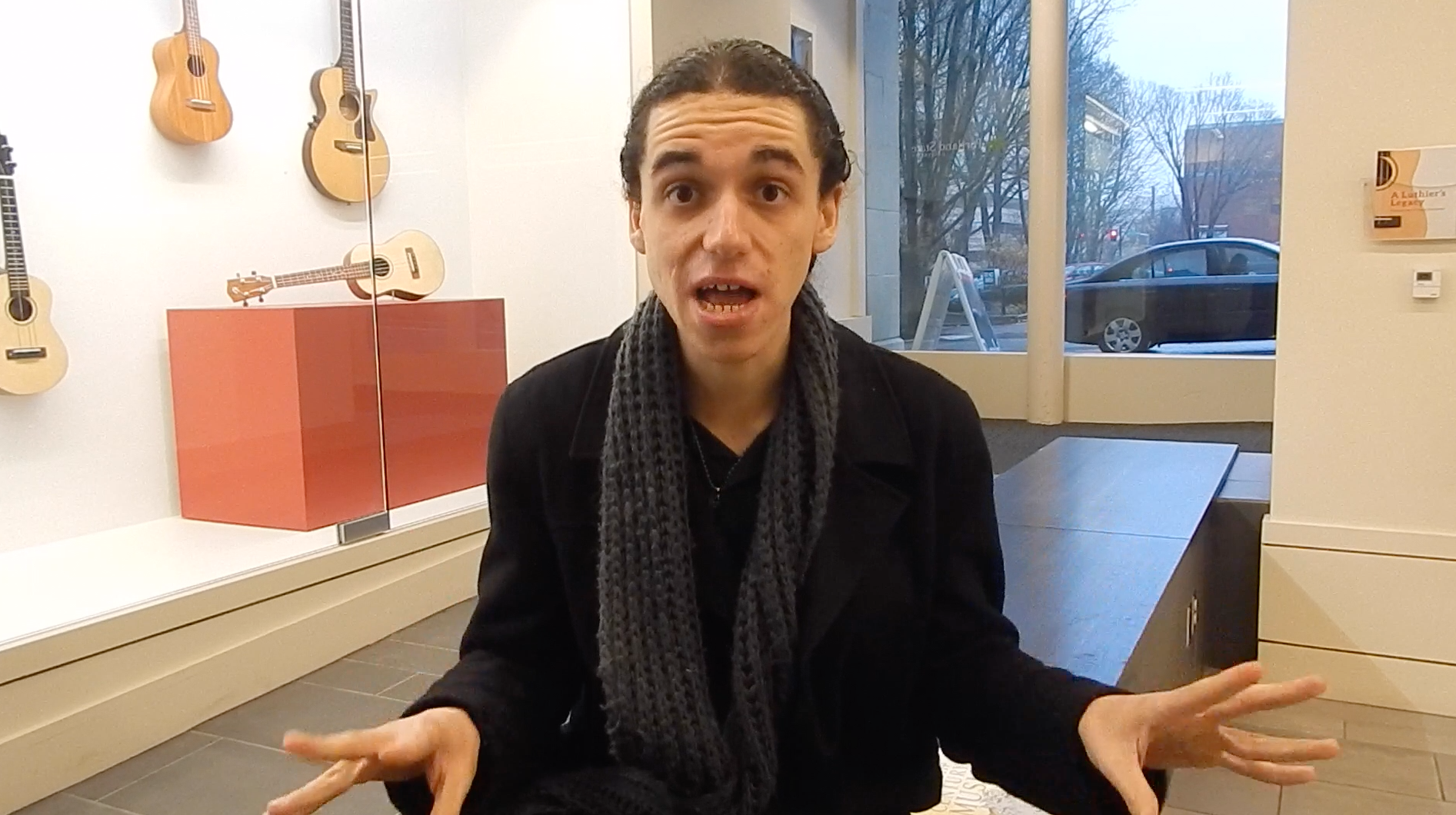Olympics look bleak for U.S. women
The Olympics have been kind to U.S. women’s sports. Think backto 1996, when the U.S. women brought home gold in softball, soccerand basketball. A parade of feel-good stories led to a newgeneration of role models for girls and the formation of women’spro leagues.
Again this summer, the Olympics will set a course for women’ssports. This time, though, the road probably won’t be strewn withhearts and flowers.
In track and field, a pair of women have become polarizingforces, adding a twist to the phrase “role model.” Kelli White’swillingness to cooperate with the U.S. Anti-Doping Agency will beseen by some as a courageous first step in the fight to clean upthe sport. To others, White’s “cooperation” will sound more liketurning stoolie to reduce her own suspension.
Taking a different tack is fellow sprinter Marion Jones,screeching like a harpy, picking a fight before anyone has broughtit to her. She has testified in the BALCO investigation, but no onehas charged her with anything. She wants to keep it that way andhas threatened legal action against anyone who dares accuse her ofusing performance-enhancing substances. Some Olympic fans will seeher as proactive; some, however, will see her as a lady protestingtoo much, as if she had something to hide.
White and Jones raise more questions about how widespread theuse of performance enhancers has become in their sport. Thecontroversy could not only plant a black eye on U.S. track andfield, but on women in particular because they’re at the forefrontof the issue. The leading men of the sport maintain an eeriesilence, meaning that at least temporarily, they will escape theheat in the kitchen.
The Women’s United Soccer Association, formed after a gold-medalvictory in 1996 and the World Cup in 1999, is on hiatus, hoping touse success this summer to revive the league in 2005. Mia Hamm hasannounced that she will retire after the Olympics, so women’ssoccer enters the Games with two worst-case scenarios: a bravuraperformance from Hamm and anything but a gold medal from theteam.
“If Mia Hamm succeeds, no big deal,” said Patrick Rishe, anassociate professor of sports economics at Webster University.”She’s on her way out, so any success she has isn’t marketable. Buta younger player could pick up a sponsorship for herself or herteam.”
Anything less than first place could stall the league’sfledgling campaign to relaunch next year. The sport needs some new,bankable stars, not an over-the-hill gang hoping for a grand exit.Given that they settled for silver in Sydney and third in lastyear’s World Cup, the U.S. women have to hope for a betterperformance, in addition to emerging stars.
The U.S. women’s basketball team is more secure in itsdominance, after winning gold in 1996 and 2000 and entering theGames in Athens as prohibitive favorites. The league that Olympicsuccess spawned, however, has lost its upward momentum. The WNBAhas folded three of its 16 franchises in the past two seasons, andaverage attendance has continued a creeping descent. The average of8,830 in 2003 was down about 4 percent from 2002 but 13 percentfrom 1999.
The rest of the world could be catching up. Many players on therosters of teams from Australia and Eastern European countries willfeature WNBA players. And, for the first time in league history,someone other than an American, Aussie Lauren Jackson, was namedMVP. The only non-negative outcome for the U.S. women would be agold medal, which will keep them and the WNBA from losing groundany faster.
“I can understand how frustrated those involved in women’ssports must be,” Rishe said, noting that past Olympics “increaseexposure for a short time, but the success hasn’t beensustainable.”
It ain’t all gonna be pretty this time around for theladies.



